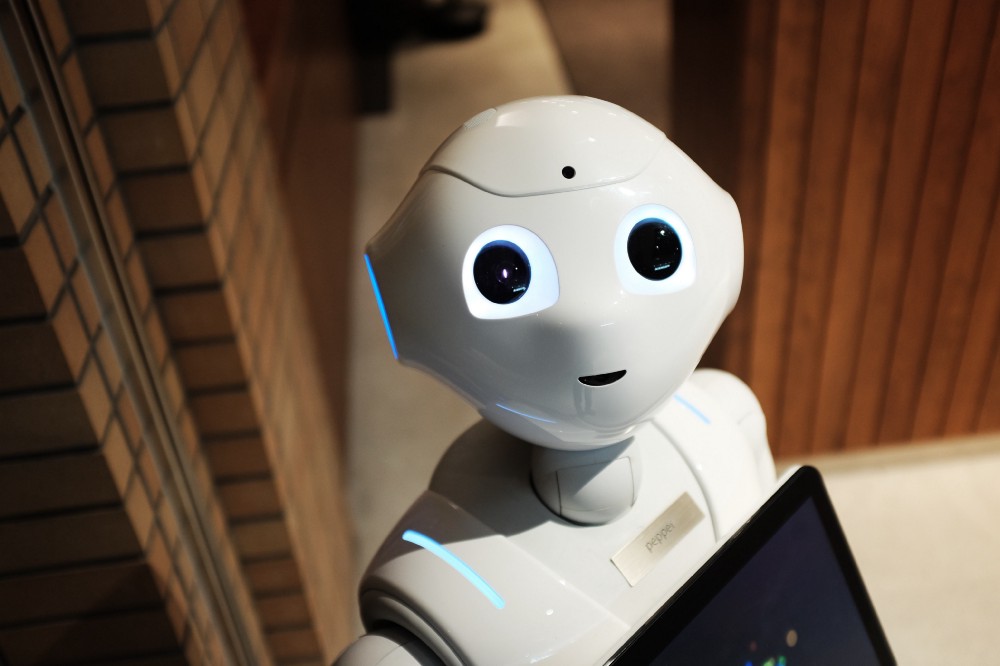
AI buzz affecting human life!
Artificial Intelligence is the current hot cake-like selling point. The whole world is abuzz with the term AI, stirring every media’s pot. The precipitous rise of the AI era is conquering and dominating globally in every industry.
We’re on the brink of an intellectual war between human intel and machine’s artifice intel. The outburst of a whole new era in which AI will be all- conforming and all-pervading. That’s exactly why it’s not just a buzzword; it’s very real and will change our lives drastically within the coming decades.
So what exactly is AI and why is this striking fear in the hearts of many working professionals, you ask? Read on to find the answer…
“I’m more frightened than interested by artificial intelligence – in fact, perhaps fright and interest are not far away from one another. Things can become real in your mind, you can be tricked, and you believe things you wouldn’t ordinarily. A world run by automatons doesn’t seem completely unrealistic anymore. It’s a bit chilling.”
Gemma Whelan.
Today AI is on priority of every top company, industry and global economies. Everyone is pondering on ways to inculcate the skills to master AI and to outshine among the crowd! The most prominent and primary fear, is AI conquering jobs in various sectors like HR, Healthcare, IT, Education, etc. Many are struck with fear of whether or not to make a career out of it just for the sake of survival but the truth is, most only follow the mob because of mislead information and false prestige!
To compare the human workforce with intelligent machines is a disparage. Humans are prone to being “human” with emotions, stress, lack of sleep, tardiness, inefficiency, inadequacies, errors, susceptibility, health, holidays, lack of balance between personal and professional life plus there is usually a trade-off between quality and completion of projects and processes. Machines per se, can never get tired and work 24 x 7, they have no emotions nor distractions, can perform heavy loads of work much efficiently and faster, are less prone to errors when programmed accurately.
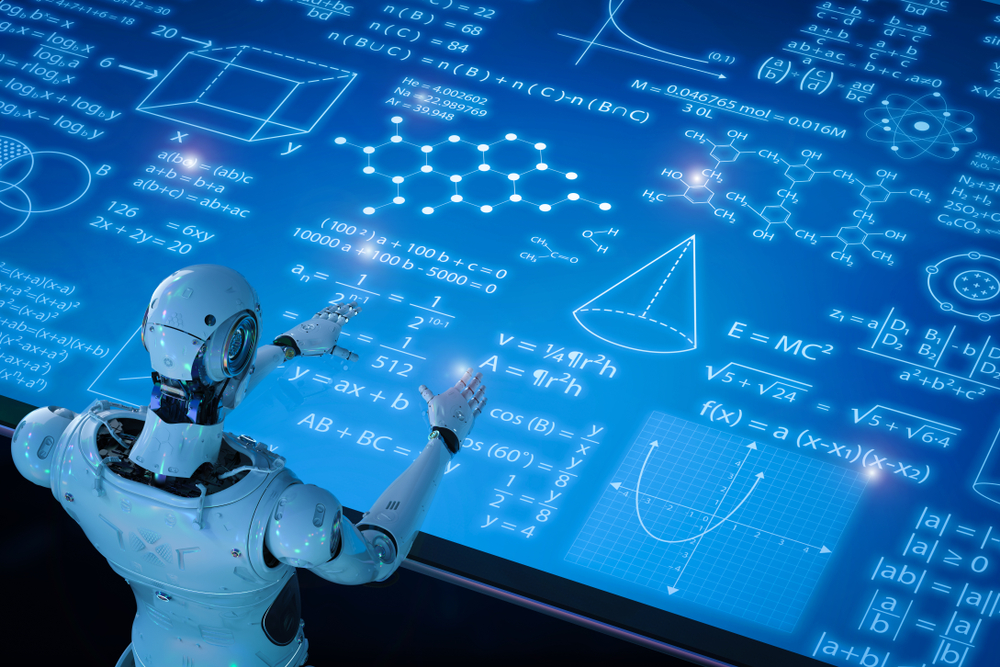
AI is at our fingertips already and we are benefitting from it profusely. We become the consumers of AI, the moment we enter the internet world, the future is not distant where it will dominate our workplace. Though it would not entirely eat up our jobs, rather generate jobs or lead to change of roles. Change is the only constant and it is inevitable, hence we must greet it graciously and humbly!
Being a post graduate in AI, I can tell you the reality is far from true. Its simple, AI is just another technology created by us humans! Sure it is the most evolved and advanced technology ever seen by far but that only means that it enhances and augments our intelligence. If it closes one job door it opens to a wide array of new jobs! The sectors where human intervention is totally harmful and utterly useless such as sewage/garbage cleaning, nuclear power-plant maintenance, call centres and more, AI machines must replace humans for work but will always be supervised by them. There is just a bizarre media hype and unnecessary fear and pressure of pursuing AI as a career.
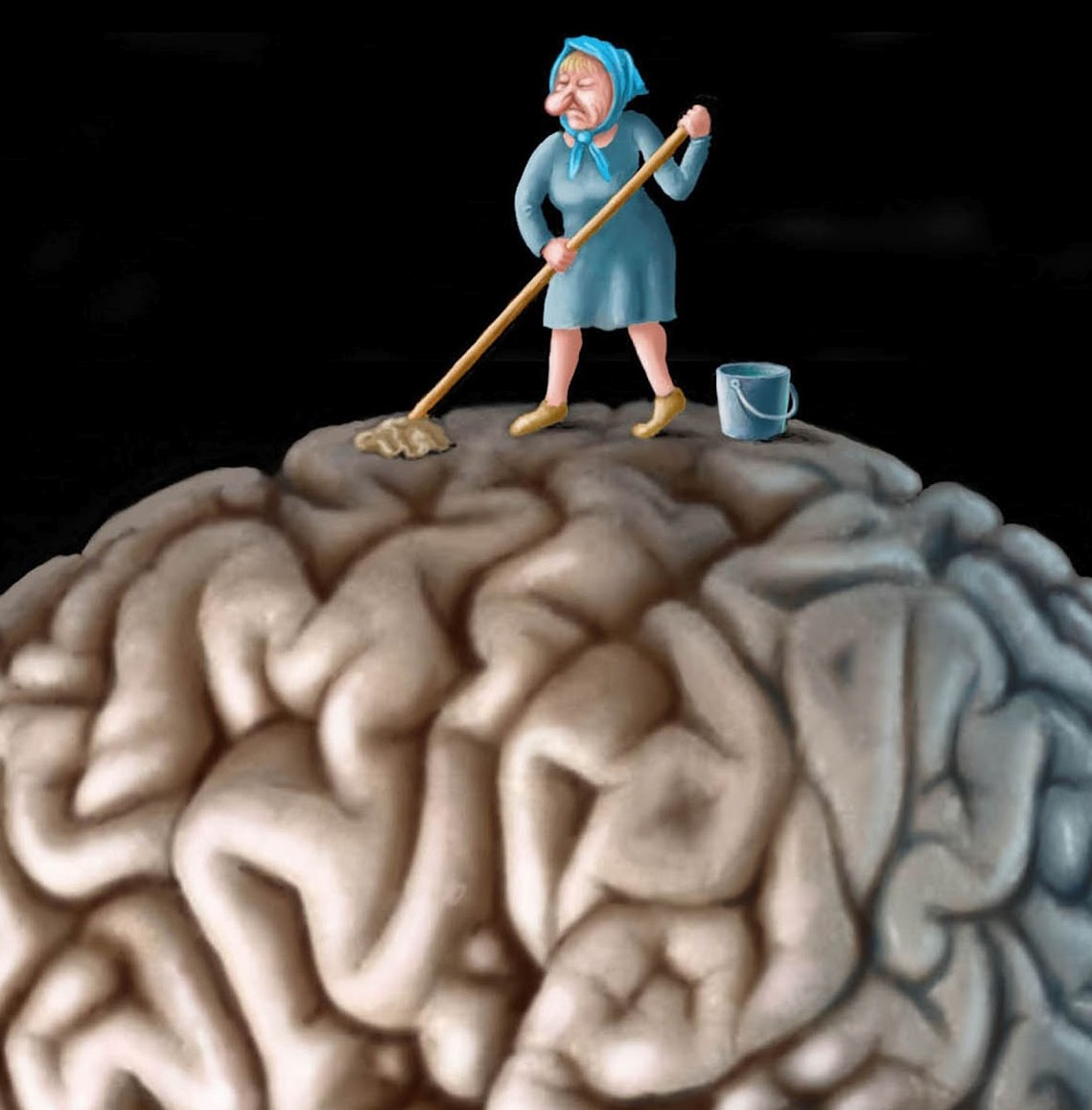
“I’m increasingly inclined to think that there should be some regulatory oversight, maybe at the national and international level, just to make sure that we don’t do something very foolish. I mean with artificial intelligence we’re summoning the demon.”
Elon Musk
The AI Stardom
“Artificial intelligence will reach human levels by around 2029. Follow that out further to, say, 2045, we will have multiplied the intelligence, the human biological machine intelligence of our civilization a billion-fold.”
Ray Kurzweil
AI has been a long conversed topic ever since programmable computers were developed. Academics and philosophers questioned the differences between man and machine. Could we program the human brain with all of its intricacies and complexities into a computer? Will a computer then be able to think? To this date, we are yet to answer these intriguing, mind-boggling questions, but we have come closer to making computers smarter. Though, some debate, even the smartest computers still have less intelligence than a rat. Thought to ponder on!
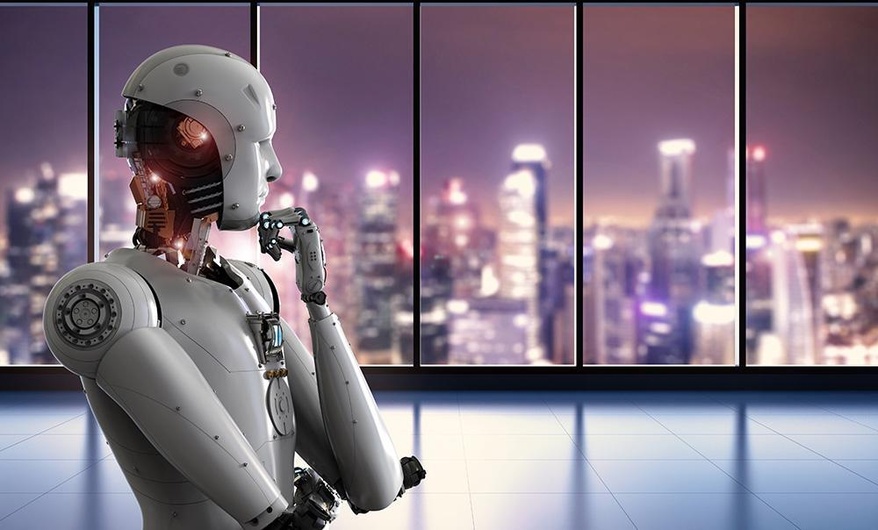
“The development of full artificial intelligence could spell the end of the human race. It would take off on its own, and re-design itself at an ever increasing rate. Humans, who are limited by slow biological evolution, couldn’t compete and would be superseded.”
Stephen Hawking

With the likes of Hollywood movies such as the Metropolis (1927), The Day the Earth Stood Still (1951), Blade Runner (1982), and the most popular of them all, The Terminator (1984), showed us a glimpse of AI long before its practical birth and hence stretched the minds of its viewers to another parallel universe.
“A year spent in artificial intelligence is enough to make one believe in God.”
Alan Perlis.
But the most astoundingly unknown fact about AI is that, it has been perceived in some brilliant minds since the ancient civilizations, in BCs. The inception of AI began in antiquity, with myths, stories and rumours of artificial beings endowed with intelligence or consciousness by master craftsmen. The seed of modern AI was planted by classical philosophers who attempted to describe the process of human thinking as the mechanical manipulation of symbols. This attempt culminated in the invention of the programmable digital computer in the 1940s, a machine based on the abstract essence of mathematical reasoning. This device invention and the ideas behind it inspired a handful of scientists to commence series of thought processes discussing the possibility of building an electronic brain.
“By far, the greatest danger of Artificial Intelligence is that people conclude too early that they understand it.”
Eliezer Yudkowsky
The AI Evolution : AI’s claim to the throne
The term artificial intelligence was first coined by John McCarthy in 1956, who is also known as the father of AI. However, it was the Turing test, developed by Alan Turing in 1950, to a test a machine’s ability to exhibit intelligent behaviour equivalent to or indistinguishable from that of a human.
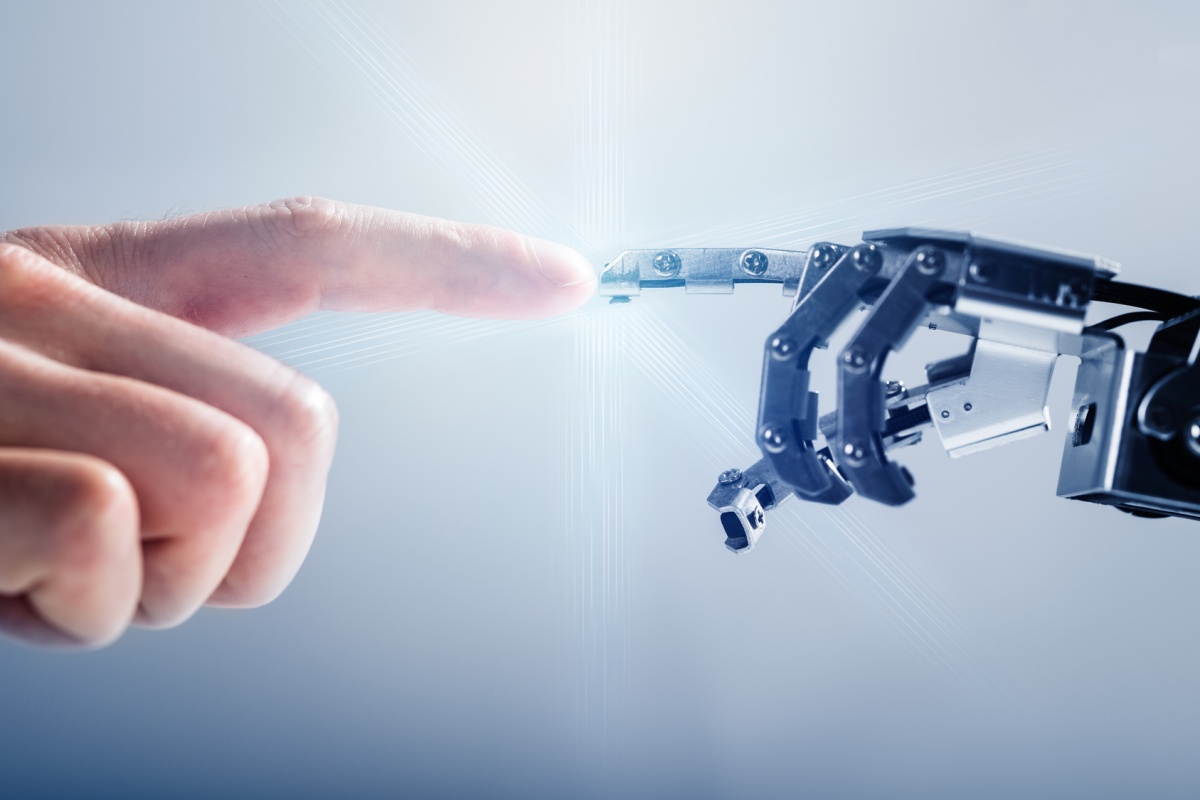
Although this technology is not new, it is now gaining more momentum as AI is now an implemented evolved reality from what it used to be in the past, due to the emergence of advanced computing technologies. The factors responsible for resurging interest in AI are powerful and affordable computational processing, continuously growing volumes of huge data sets, and affordable data storage options. Today, industries can make much more evolved, informed decisions by using AI/ML/DL algorithms to develop analytical models, which uncover connections, trends and patterns with minimal or no human intervention. The focus here is on the iterative learning process.

Machines begin to adapt to new data (information) that they are exposed to, over a short period of time. Based on the patterns and computations that are previously created, machines learn to repeat the decisions made in the past, in similar situations. Analysing the hidden trends and patterns makes it easy to predict future problems and prevent them from occurring. A machine learning algorithm usually follows a certain type of data and then uses the patterns hidden in that data to answer more questions.
This aspect of machines’ ability to learn from experience and make crucial decisions for us, is the revolutionary part of technology.
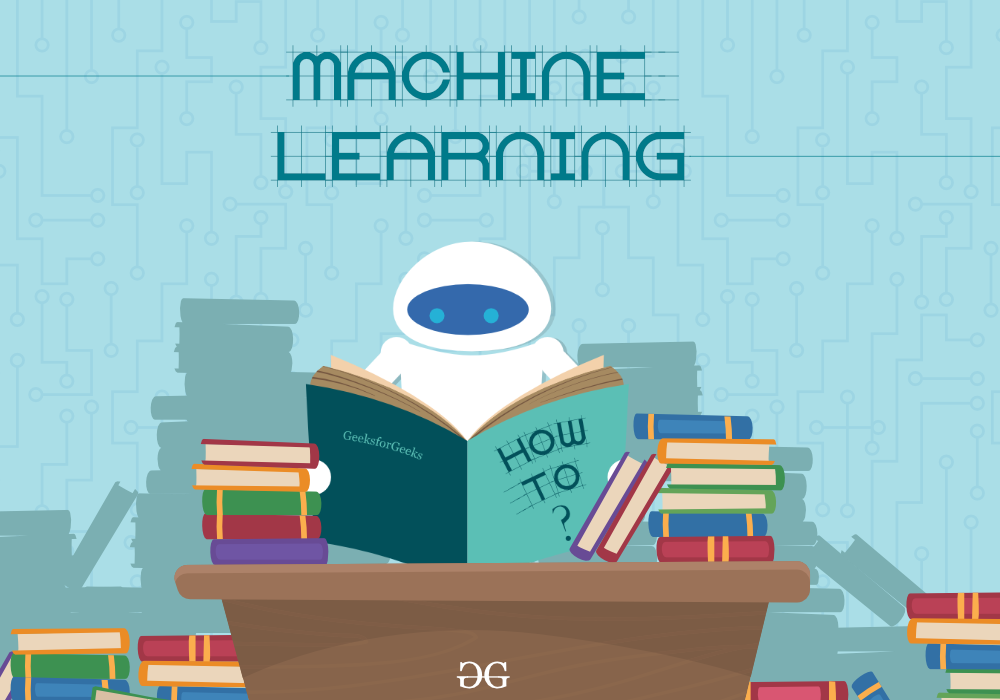
AI per se has inflicted terror furthermore terms like ML and DL would be chaotic to the career confused souls like me! Thereby, let’s define some key terms to understand the ambiguity of this futuristic domain, brief yet coherently. We can choose the convenient one out of the many definitions applicable.
The three super domains are hierarchical; AI is the largest overarching category, Machine Learning is a subset of AI and Deep Learning, a subset of ML.

John McCarthy, widely recognized as one of the godfathers of AI, defined it as “the science and engineering of making intelligent machines.”
Artificial intelligence — A branch of computer science dealing with the capability of a machine to imitate and simulate intelligent human behaviour. A computer system able to perform tasks that normally require human intelligence, such as visual perception, speech recognition, decision-making, and translation between languages. Whenever a machine completes tasks based on a set of stipulated rules that solve problems (algorithms), such an “intelligent” behaviour is what is called as artificial intelligence.

Machine learning — Machine Learning is the ability of a computer system to learn without being explicitly programmed. An expert system that has the ability to modify itself when exposed to more data, i.e. machine learning is dynamic and does not require human intervention to make certain changes, which makes it less brittle, and less reliant on human experts. They are, in short, optimization algorithms, if you tune them right, they minimize their error by guessing and guessing and guessing again.
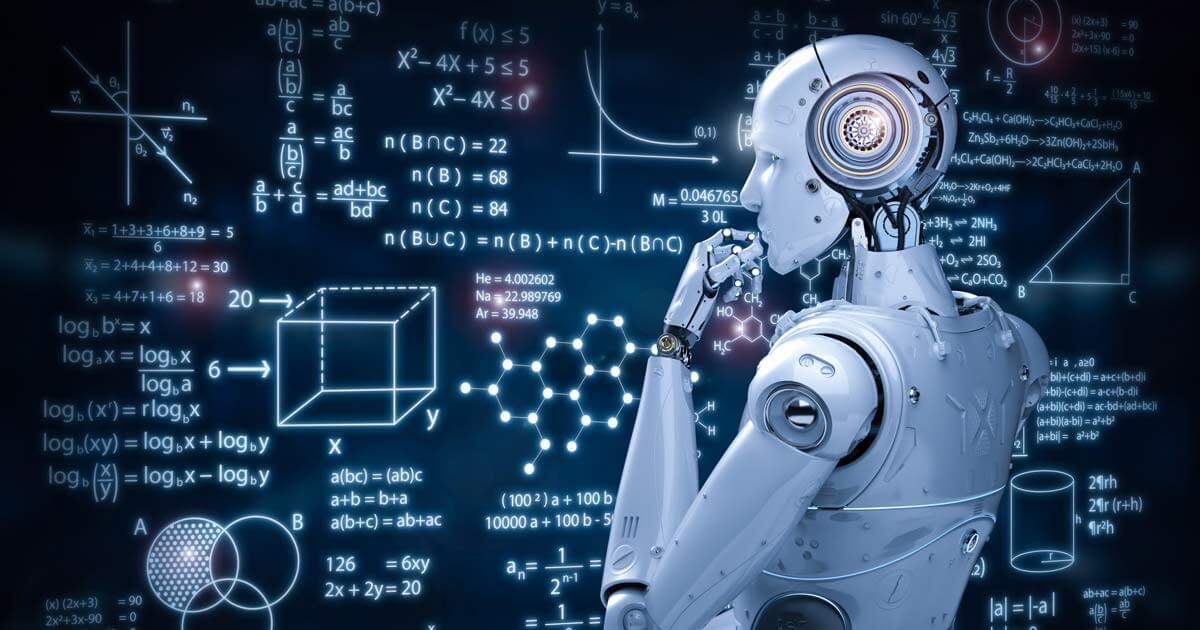
Deep learning — Deep learning is a subset of machine learning. The term deep learning is a technical term, modelled loosely on the human brain neural networks, it refers to the number of layers in an artificially programmed neural network. A shallow network has one so-called hidden layer, and a deep network has more than one. Multiple hidden layers allow deep neural networks to learn features of the data, because simple features recombine from one layer to the next, to form more complex features, and these set of algorithms have set new records in accuracy for many important problems, such as image recognition, sound recognition, recommender systems, etc.
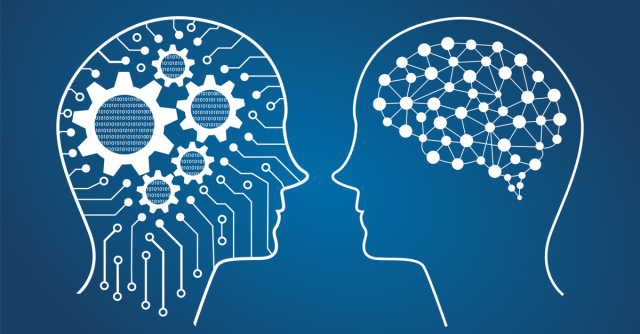
AI Where Art Thou?
“The key to artificial intelligence has always been the representation.”
Jeff Hawkins
Companies today generate zettabytes of data, and to make sense of this big data, it is crucial to the company’s advancement to power decisions, build better products and provide better services of the current trends.
“Anything that could give rise to smarter-than-human intelligence—in the form of Artificial Intelligence, brain-computer interfaces, or neuroscience-based human intelligence enhancement – wins hands down beyond contest as doing the most to change the world. Nothing else is even in the same league.”
Eliezer Yudkowsky
The current existing implementations of AI in the industries, some examples:
- Facebook uses artificial neural networks. It has algorithms that mimic the structure of the human brain for facial recognition. It suggests a tag if someone uploads a photo which has your face in it in line with the Privacy settings of the customer.
- Google Assistant, Apple’s Siri, Amazon’s Alexa, Microsoft’s Cortana, and Samsung’s Bixby, all use speech recognition algorithms for speech and hearing assistance provided using Natural Language Processing − Interact with the computer that understands natural languages spoken by humans.
- Robots for Industry surveillance, capturing traffic violations for vision using image processing and pattern recognition algorithms.
- IBM Watson for healthcare assistance.
- Face detection — Airport Security
- Handwriting Recognition − The handwriting recognition software reads the text written on paper and recognize the shapes of the letters and convert it into editable text.
- Intelligent Robots − Robots are able to perform the instructions given by a human. Especially in surgeries to assist.
- Gmail Spam and Phishing detection
- Recommendations on YouTube, Flipkart, Amazon, and Netflix
- Facebook and Twitter feeds, sentiment analysis.
- Bots in PUBG mobile play games
- Prediction of routes in Google Maps
- Optical Character Recognition in Google Lens using image processing and pattern recognition algorithms.
- Instagram uses machine learning for sentiment analysis to identify the contextual meaning of emoji, which have been steadily replacing slang (e.g. a laughing emoji could replace “lol”). By algorithmically identifying the sentiments behind emojis, Instagram can create and auto-suggest emojis and emoji hashtags.
- Uber cabs demand prediction, demand-supply matching, optimal pickup points, expected time of arrival for rides, estimated meal delivery times on Uber Eats, as well as for fraud detection.
- Graduate Record Exam (GRE), the primary test used for graduate school, grades essays using one human reader and one robot reader called e-Rater. If the scores differ substantially, a second human reader is brought in to settle the discrepancy. The synergistic approach in the former shows that by pairing human intelligence with artificial intelligence, the overall grading system costs less and accomplishes more.
Yesterday’s sci-fic has become today’s reality and today’s science fiction might become tomorrow’s reality; The future of AI depends on the advancement of simulating human intelligence beyond imagination. It is profoundly said by many scientists that human beings only use lesser percentage of potential of their brain in a lifetime!
Food for thought : Do you think the terminator will knock on your door someday? Do you think AI would take over the world soon? Type those ponders in the comments.
____________________________________________________________
That’s all folks!
My very first article, I hope this article has mind boggled y’all enough, to keep you hooked to AI and my blog. Watch this space for more interesting and unique contents on AI/ML/DL.
Make sure to send your love and support through Likes, Comments and Follow, for more such interesting insights!
About me : AI/ML nerd, out-going masters student of MLIS. I took to blogging owing to my struggle of finding some decent relevant information on AI when I was haphazardly looking to clear my career confusions! The unrealistic hype and false fame of AI created by many media sources also made me a victim of following the “mob”. Nonetheless I’ve fallen in love with ML/AI and decided to be of assistance to anyone who is in need of AI oriented career guidance just like I was once! In this blog I aim to feature the latest trends of AI in all forms of industries, the insights to algorithmic explanation and reality check of AI disposition.
Recently, on account of a sweet muddled teenager asking me for career guidance on AI whether to pursue it or not as a result of all the hype and buzz, it stuck me a chord that people are fearful of change (like I was too) and so everybody wants to pursue a career in AI not out of interest but simply to survive! This wrongful notion that AI is a must to survive ahead is just bizzare!
Through my blog I aim to educate people about AI/ML/DL in both technical and non-technical sense since it has become the fright of people working in both these genres.
If you look forward to more detailed algorithmic explanations of AI or simple non-technical meanings or anything else regarding AI, do comment!
Thank you! Happie reading to you all! ❤❤❤